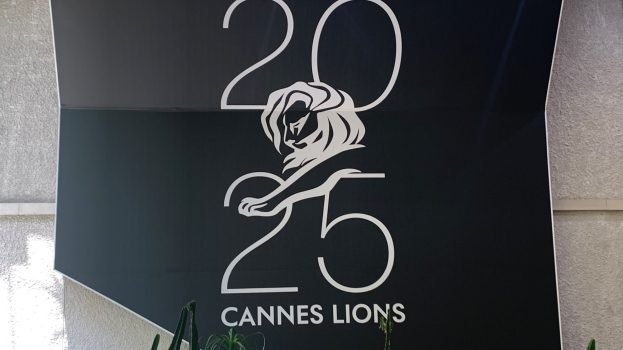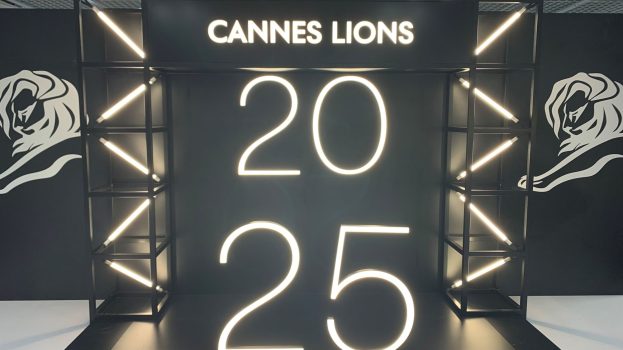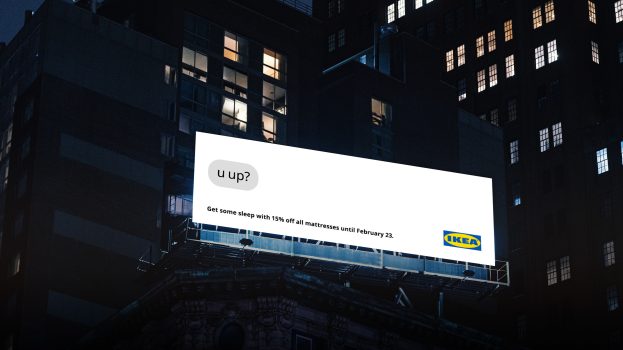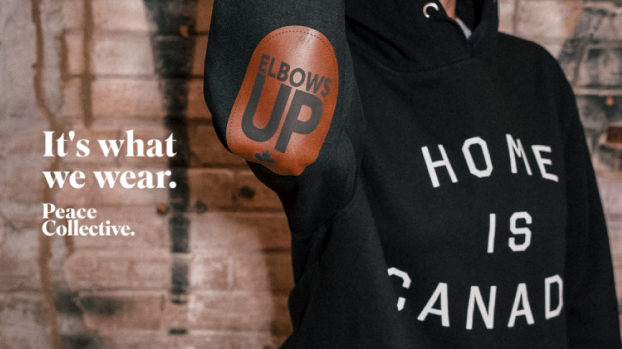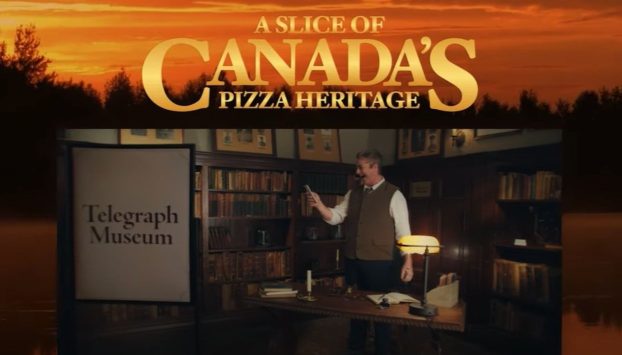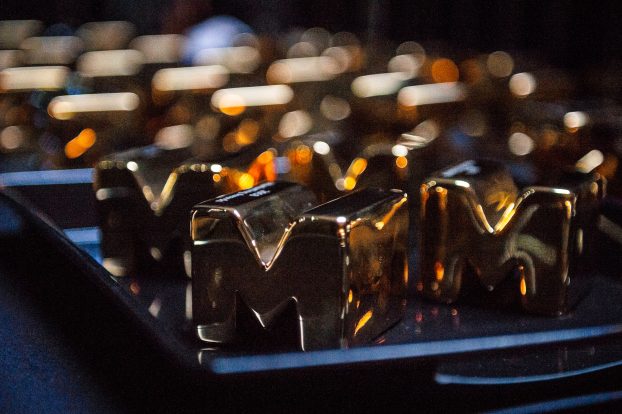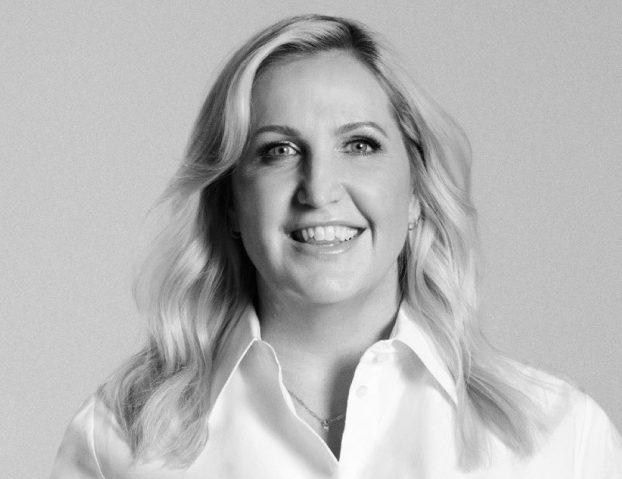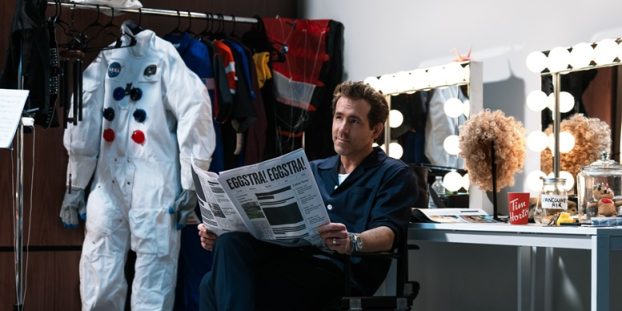The success of last year’s United Way ads in Toronto gave the creative minds at the charity organization a very strong base on which to build this year’s campaign.
‘Few things work as well as the truth. Anything else stinks of advertising,’ says Larry Gordon, creative director at Vickers & Benson Arnold, the campaign’s agency for the second year running.
United Way of Greater Toronto raised a total of $70 million in donations during 2000, up from $63 million in 1999. The increase is largely attributed to last year’s ads, which is why the team decided to use the same approach this year. The new campaign, which profiles poignant stories of real people in order to pluck on the heartstrings of potential donors, will be launched on September 9.
‘The overall focus of this campaign was to create an emotional connection between potential donors and the work that United Way does in helping people in various communities,’ says Gordon. ‘There are some details in the art direction which have changed this year, but the essence of the ads is the same. We didn’t want to walk away from that when it was working so well.’
Following the same format as last year, the multi-media campaign involves a series of three profiles of real people who have been helped by United Way. The subjects speak in their own words and in their own environment about the way their lives have changed as a result of help given by United Way-supported organizations.
The key difference this year is the distinctive touch of Toronto-based filmmaker, Deepa Mehta, who directed the acclaimed and controversial films, Fire and Earth, both of which are set in India.
‘Deepa Mehta was an incredible find for us,’ says Gordon. ‘Her work was as brilliant and as sensitive as it always is. She is a true storyteller.’
Mehta says she was delighted to be asked to direct the United Way profiles.
‘I have never done anything like this before and it gave me such a high because it was so real,’ she says. ‘I was inspired by the people who told their stories and by the amazing things they have achieved.’
Three 30-second spots were filmed for television and an 11-minute corporate video was produced to be presented to potential corporate donors.
‘The stories are all so powerful and full of tragedy, hope and realization,’ says Gordon. ‘The challenge was doing justice to each person in a 30-second spot.’
In one spot, Gladys, a pianist in her 80s, tells how United Way helped her get back on her feet and keep her house after she had suffered from cancer. The second spot features Rosa, a girl who became pregnant at the age of 14. United Way helped her to cope and deal with the consequences of motherhood. Finally, Junior talks about his experience of losing both parents to the Civil War in Congo. He eventually came to Canada to start a new life, with the aid of United Way.
The campaign also includes radio, magazine, newspaper ads, and Toronto transit ads, all based on the same three stories.
The print ads feature a photo of each individual, which has been torn apart and taped back together, to reflect the way in which United Way repairs damaged lives.
Judith John, VP of marketing and communications for the United Way of Greater Toronto, says, ‘We have hundreds of thousands of human interest stories to tell, but we chose these three because we were trying to show the range of people we help and the different services that United Way can provide.’
The only scripted line in the ads is the final tagline, which remains the same as last year: ‘Thanks. Your money got to me.’
John says, ‘We feel that the executions are better than last year and more cinematic and compelling. Deepa Mehta was able to interview the three people in a way that really brought out their true stories.’

